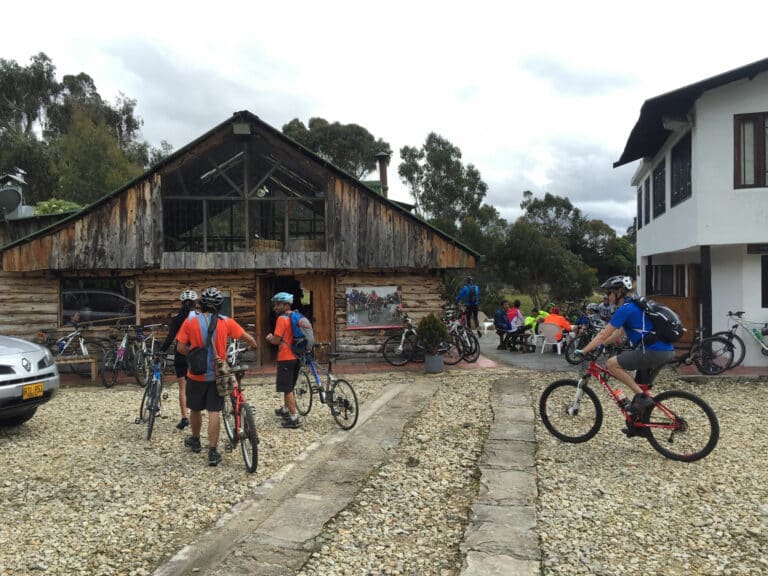1) Give it Away: Instead of trashing that outdated TV, give it to someone who could use it. Community based reusing groups are popping up across the country in an attempt to find homes for unused items so they don’t end up in landfills. Washing machines, CD players, shoes, coffee tables, anything you can think of can be passed to someone who could use it. Check out www.freesharing.org and www.freecycle.org for information on local sharing groups.
2) Ditch the Paper Towels: Forty percent of trash in U.S. landfills consists of paper products. And in spite of the digital age, our paper use has increased by 46 percent. Paper towels, which comprise the largest portion of paper waste in landfills, can’t be reused or recycled like other paper products. If everyone used paper towels made from 100 percent recycled paper, one million tons of used paper would be kept out of the waste cycle every year. Better yet, use cloth towels. Bring a cloth napkin or handkerchief with you everywhere you go, and notice the amount of disposable paper you save.
3) Buy Local: Most of the produce and meats on your dinner table were shipped an average of 1,500 miles before being sold in your grocery store. And that’s just U.S. produce; we’re not even talking about the Chilean Sea-Bass and New Zealand beef. When you consider the carbon dioxide emissions and oil consumption it takes to get that mango on your plate, eating local could be the biggest step you can take to save the environment. Get your produce and meats from a farmer’s market or grocer that carries local and you’ll cut food emissions by 90 percent. www.foodroutes.org.
4) Ride Your Bike: More bikes were sold in the U.S. than cars in 2005, which hasn’t happened since the 1973 oil crisis. According to the EPA, 70 percent of personal carbon emissions come from motorized vehicles. Cut your carbon output drastically by biking to work one day a week. And lobby for the Bicycle Commuters Benefit Act, which was introduced to Congress in April. The proposed federal legislation would give employers the option of reimbursing employees that bike to work up to $100 per month, tax free. www.bikeleague.org.
5) Catch the Wind: Not all energy providers give their customers the option of buying renewable energy, but everybody in the United States can purchase Renewable Energy Certificates in addition to their traditional power sources. Purchasing these “green certificates” helps support the development of renewable energy and provides a market for new forms of power. www.eere.energy.gov.
6) Kill Your Television: Americans average four hours a day in front of the TV-no wonder obesity rates are skyrocketing. The bombardment of advertisements and corporate-controlled news doesn't exactly foster a healthy eco-attitude, either. Instead of plopping in front of the TV after dinner, take a walk around the neighborhood, plant a garden, or watch the sunset.
7) Reuse your Trash: Composting is the natural process of turning organic material into mineral-rich fertilizer. Building a compost bin is easy, cheap, and can drastically reduce the amount of trash you produce. Yard waste accounts for more than 20 percent of all trash in landfills, and food scraps make up ten percent of your waste. Both can be composted in your backyard. And the compost you produce can enrich garden soil better than any synthetic chemical from Lowes. www.compostingcouncil.org.
8) Cut Your Energy Costs: If every household in the U.S. replaced one light bulb with the energy efficient compact fluorescent light bulbs (CFLs), it would cut the same amount of pollution as taking one million cars off the roads. These CFLs cost a little more but they last years longer than standard bulbs and and use 66 percent less energy. The governments of Cuba and Jamaica recently distributed 30,000 CFLs to their citizens in an attempt to save energy. Also, unplug energy-hogging devices like TVs, computers, VCRs, and stereos; standby power-power used while a device is off, or in sleep mode-accounts for five percent of the United States’ electricity use.
9) BYO Bag: In one year, the United States consumes 10 billion paper grocery bags, which require 14 million trees for production, according to the EPA. What’s worse, 100 billion plastic shopping bags are consumed every year, none of which are biodegradable. When disposed of, plastic bags break down into small, toxic bits that leach into the soil and water sources. Start carrying your groceries in reusable cloth bags and you could replace thousands of plastic bags over your lifetime. www.reusablebags.com.
10) Travel Smarter: An estimated one billion people travel every year, and most of them fly, which is the least environmentally friendly form of travel known to man. There’s no such thing as a bio-diesel plane (yet), but the Travelcool Carbon Offset Program from Better World calculates the amount of carbon emissions produced by your flight and plants the appropriate trees to offset the pollution. www.betterworld.com.







